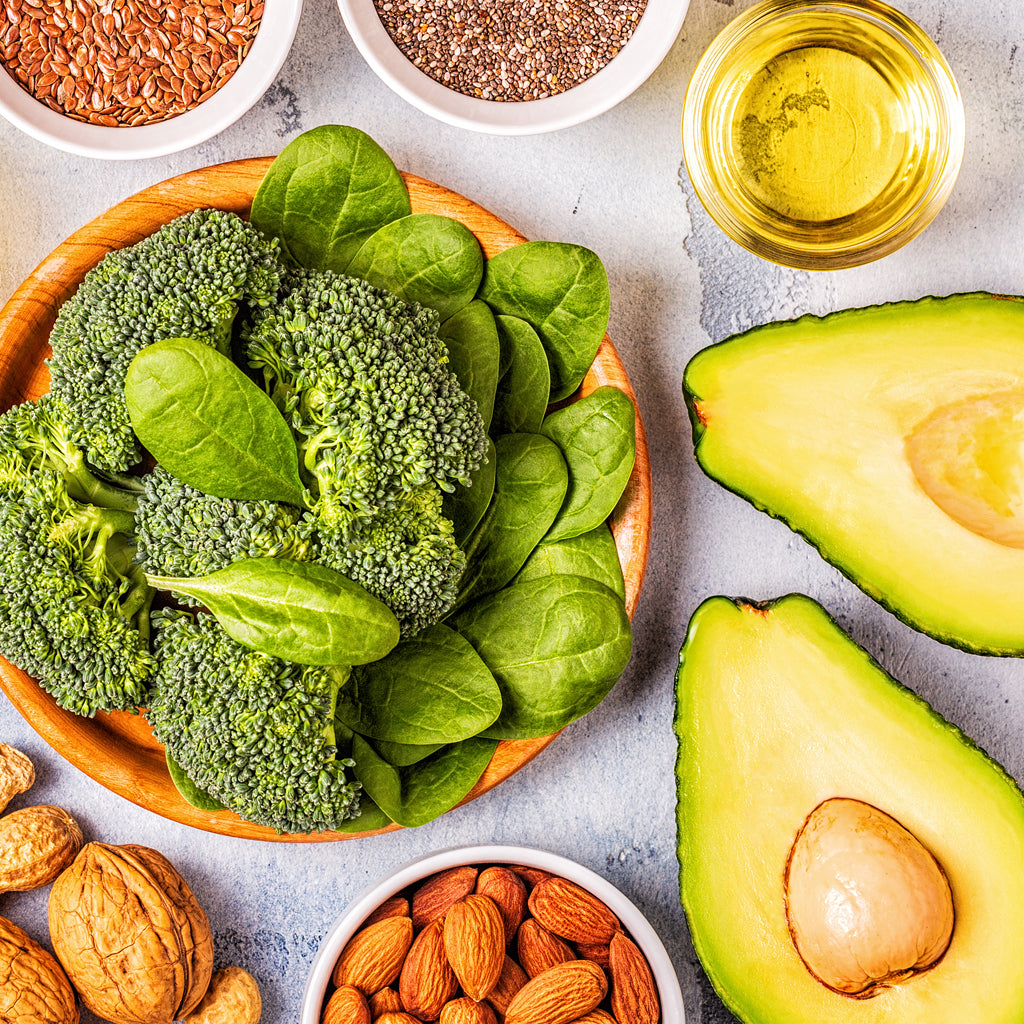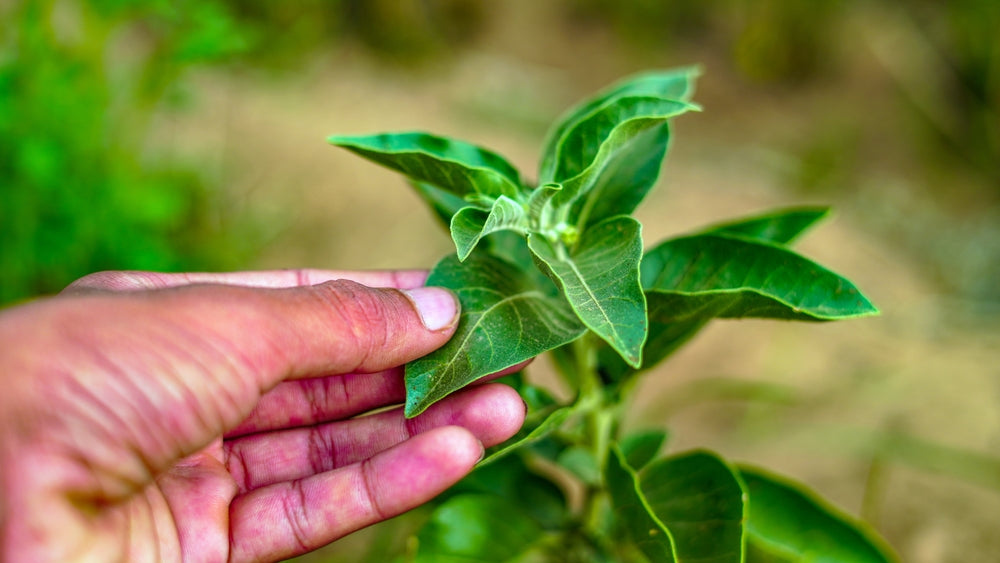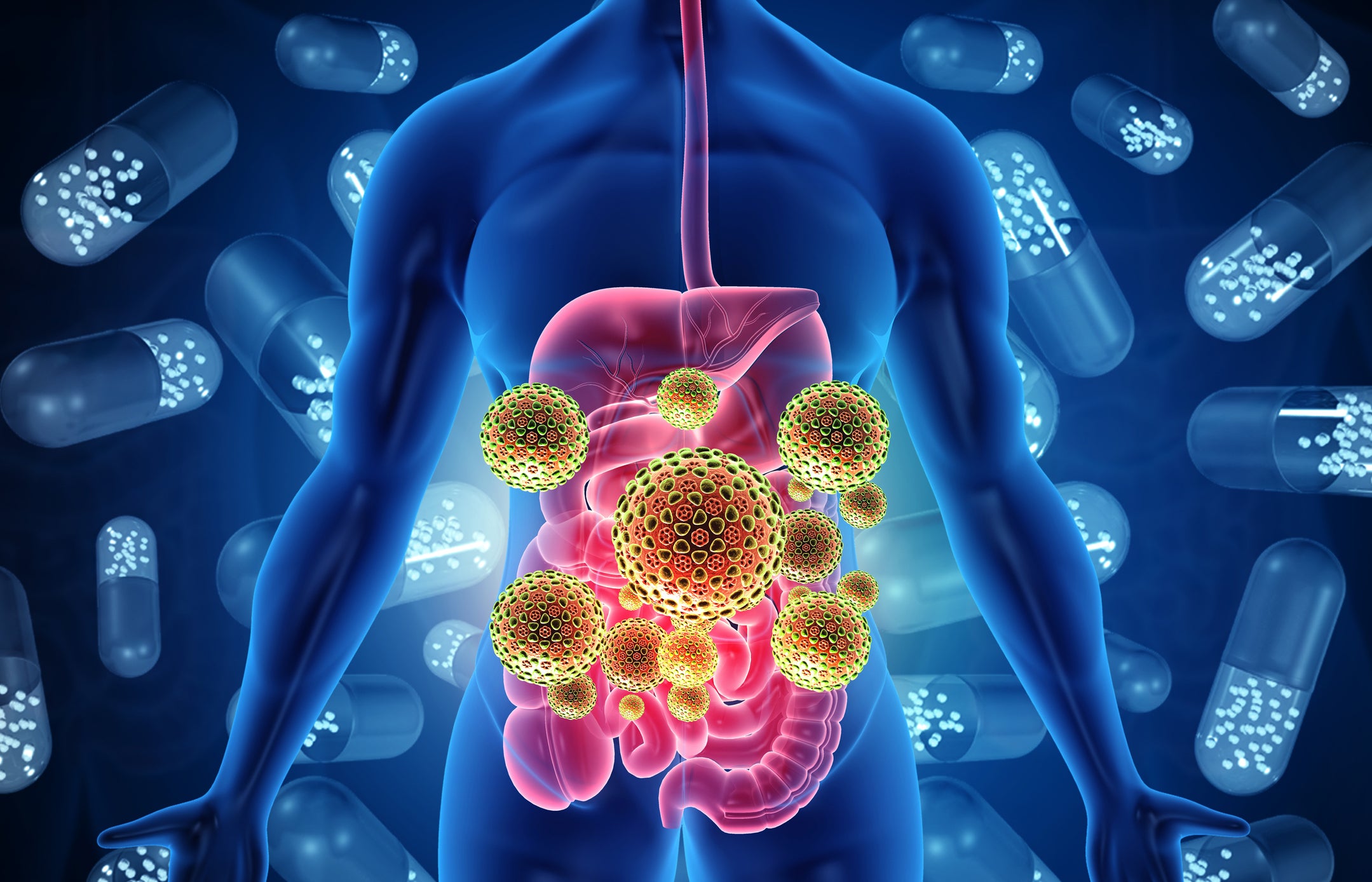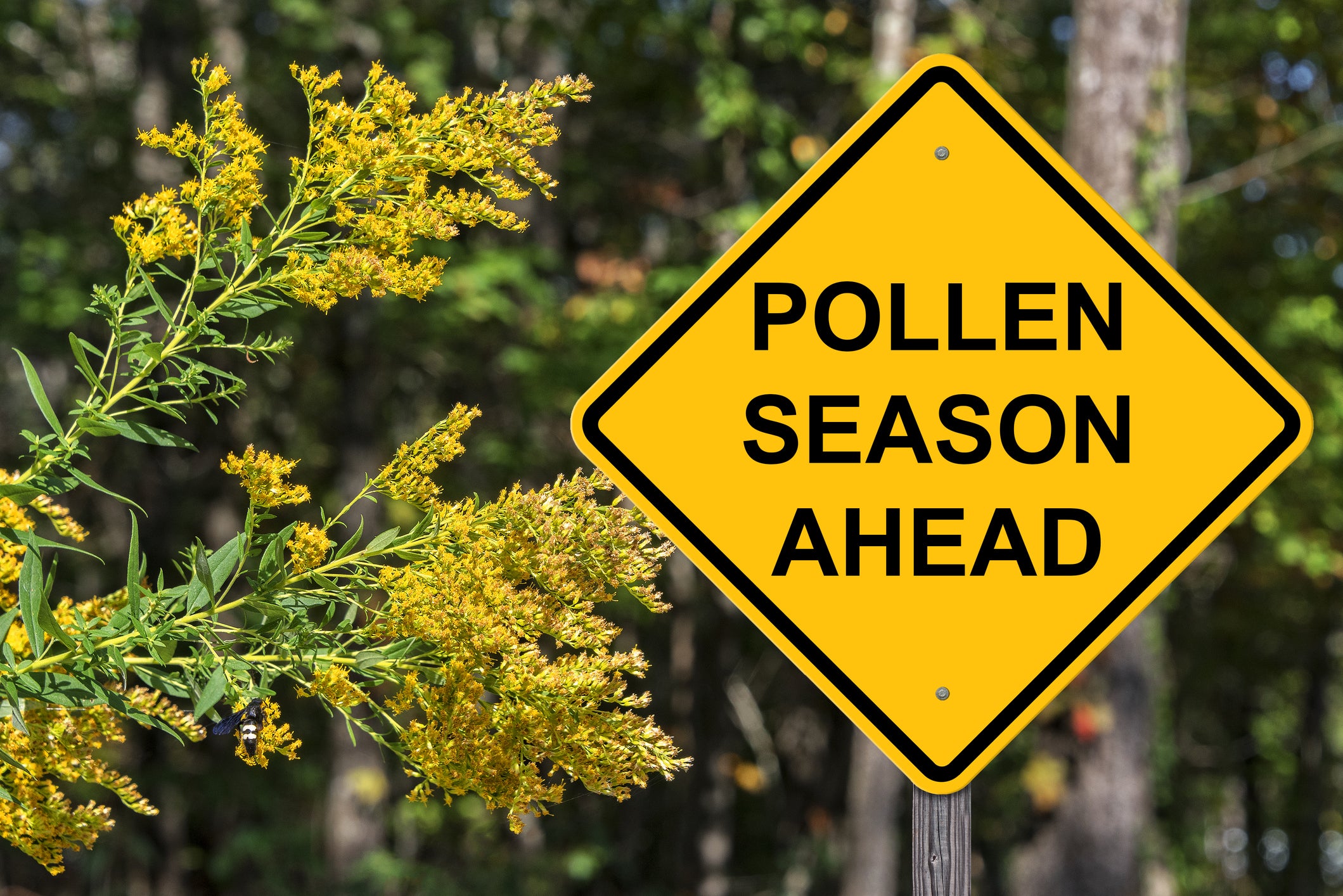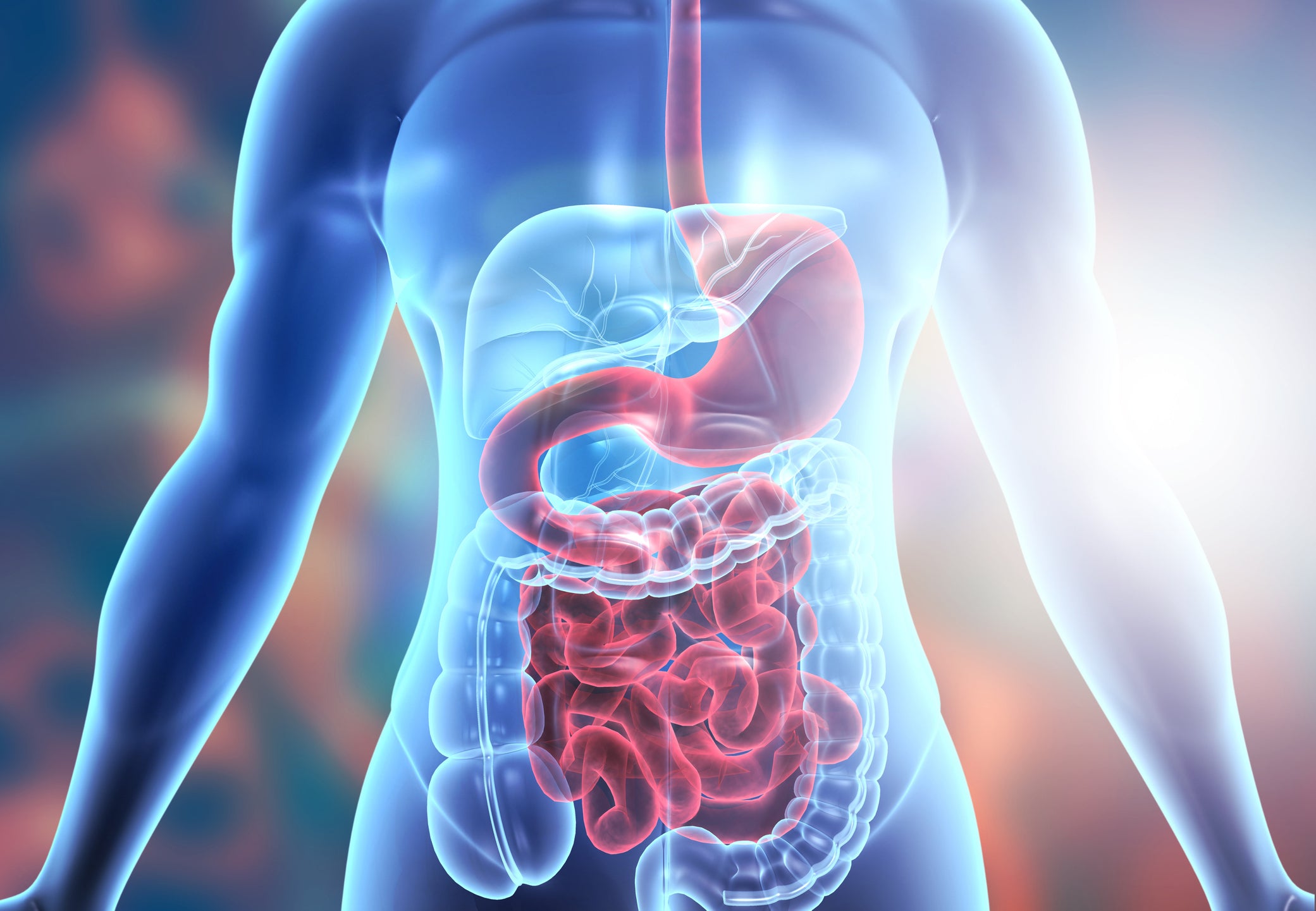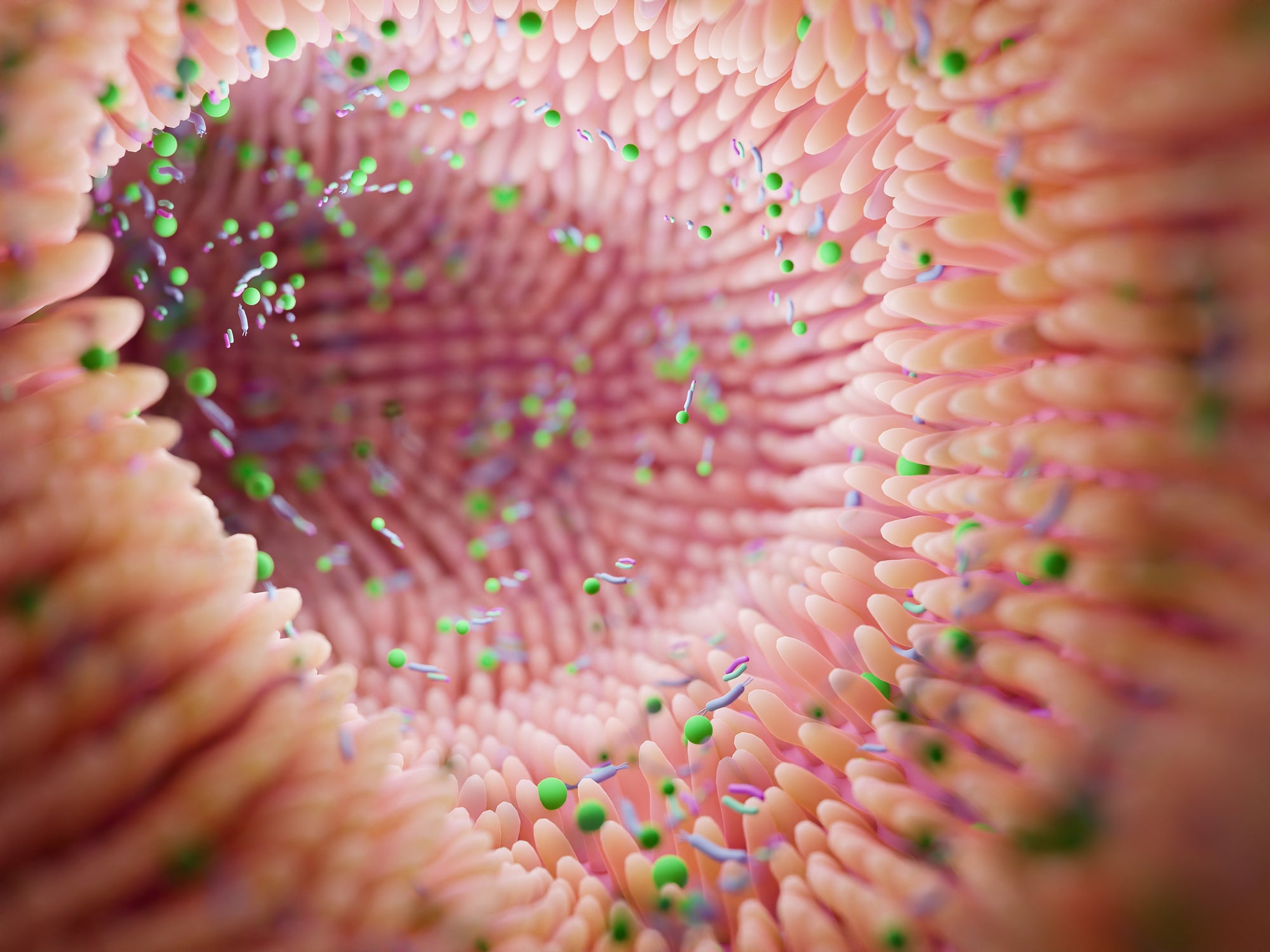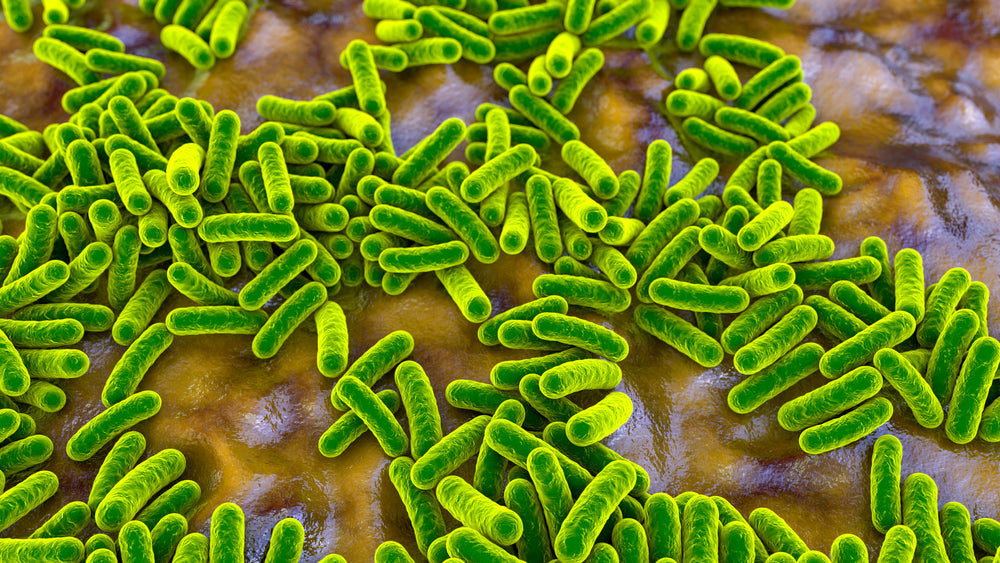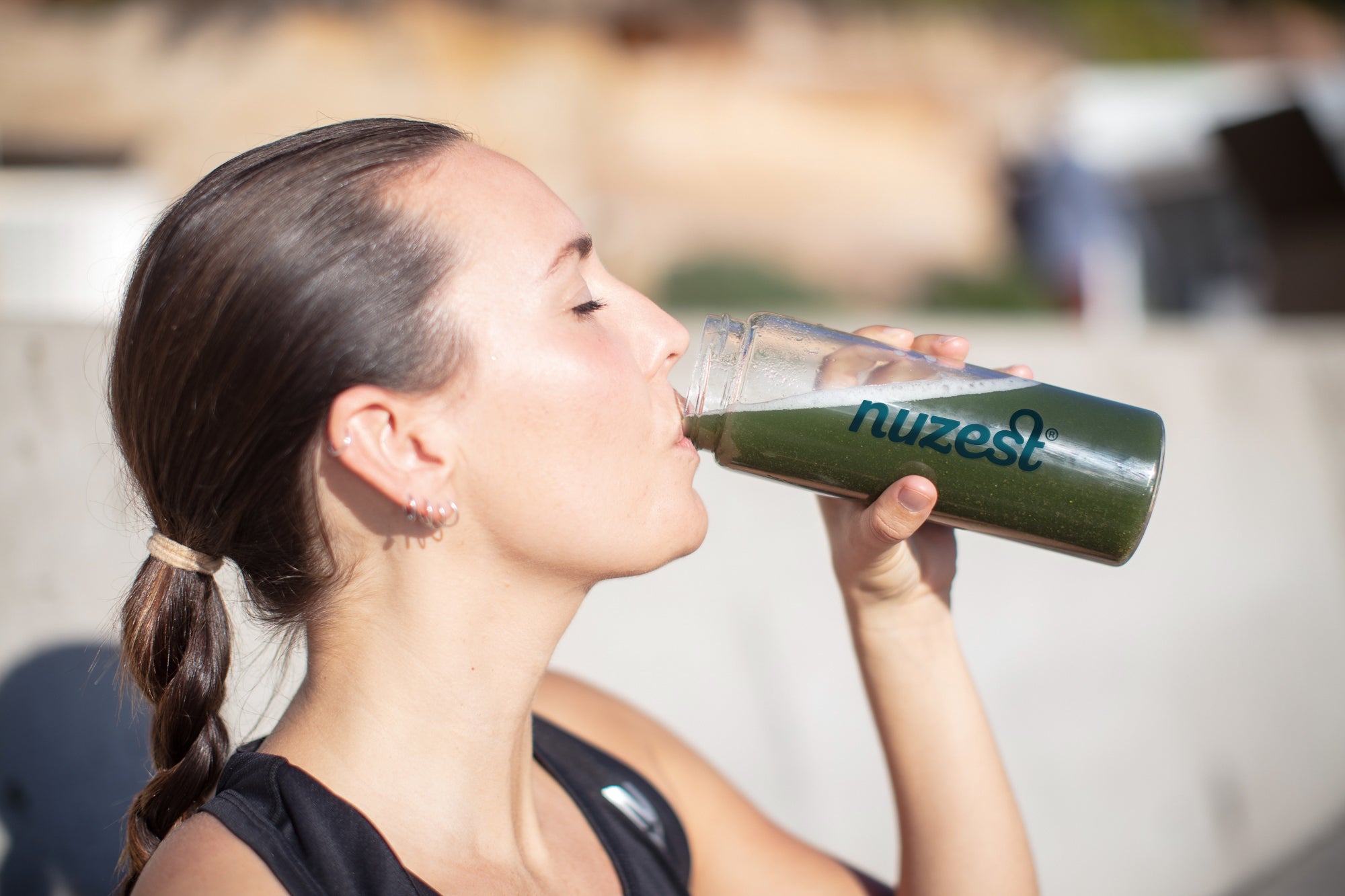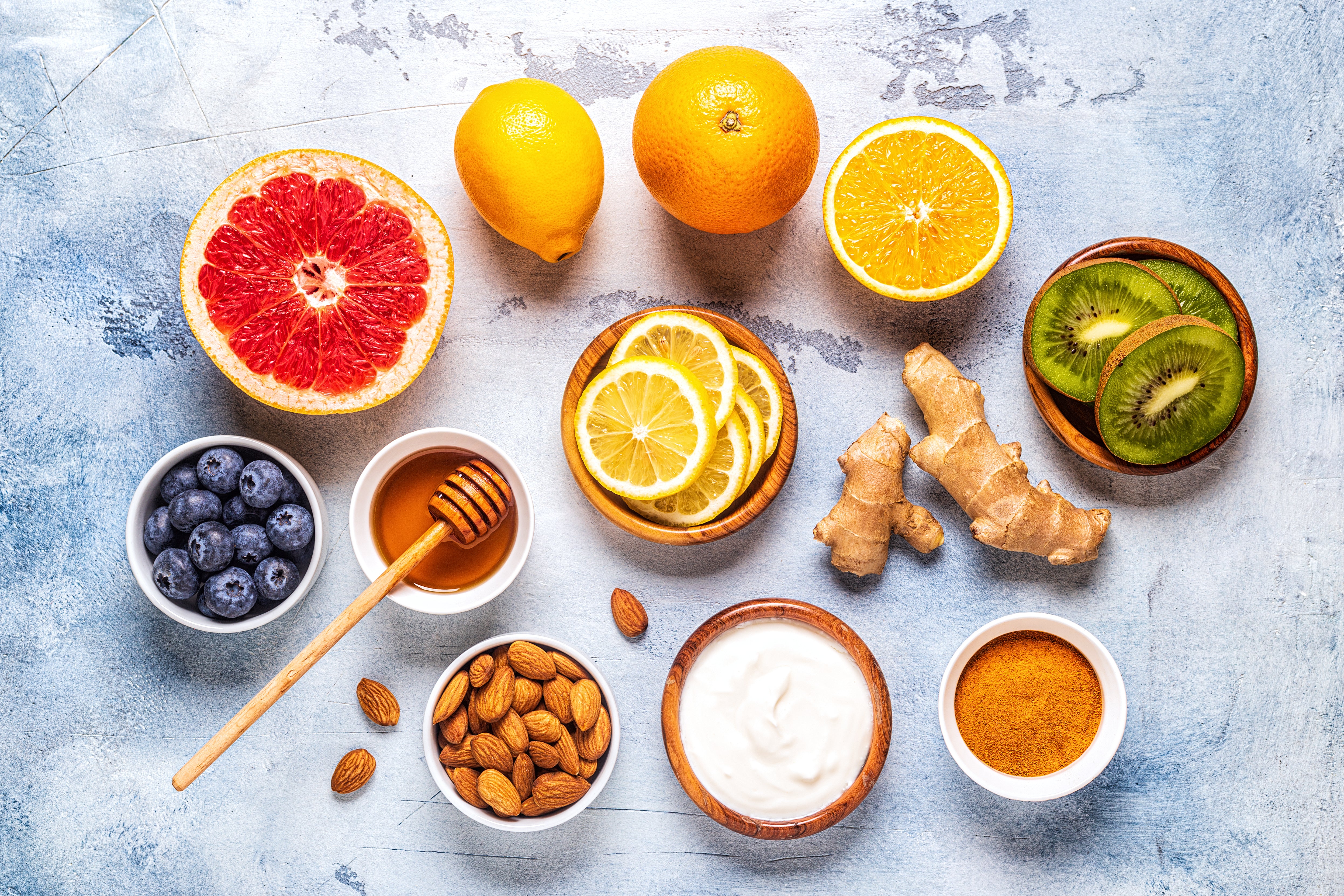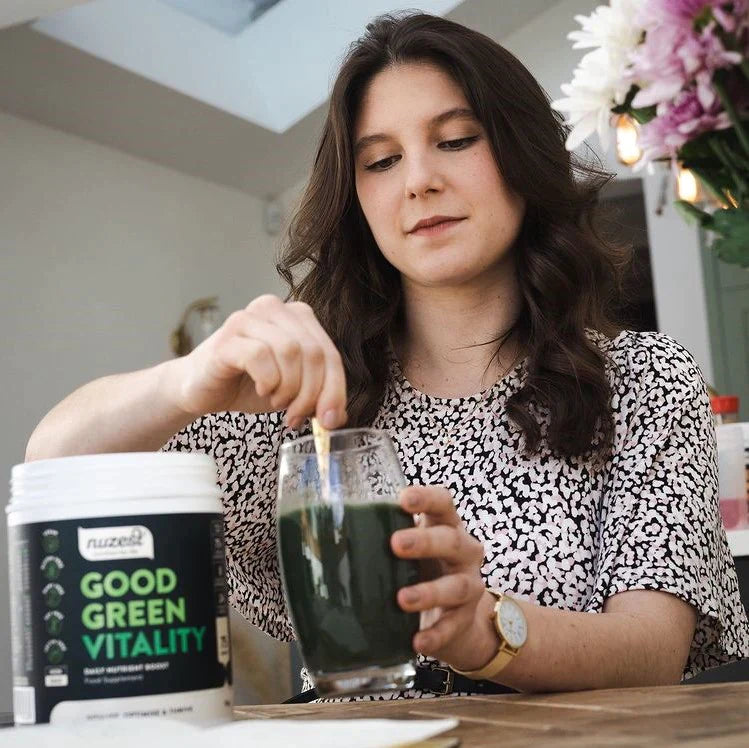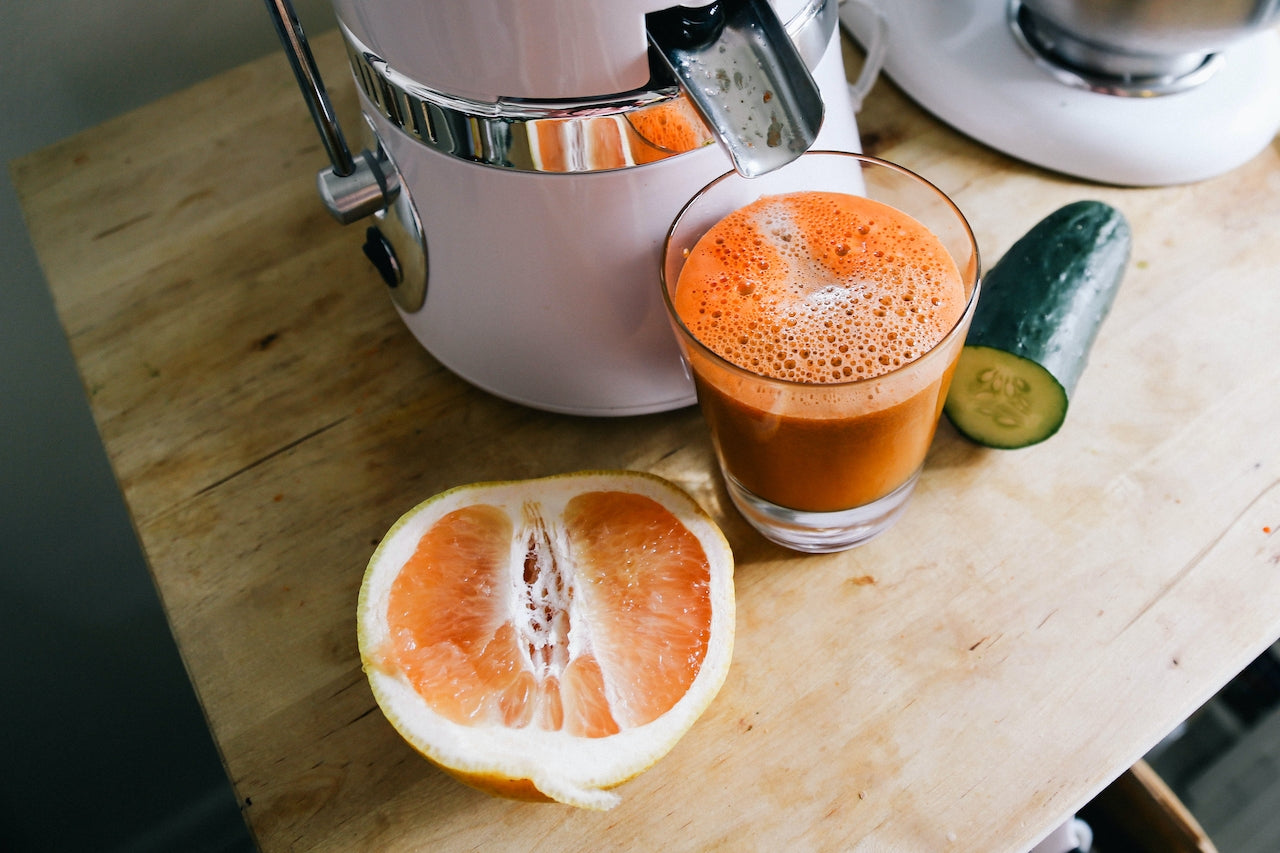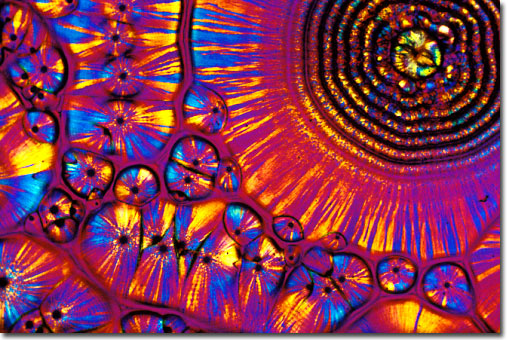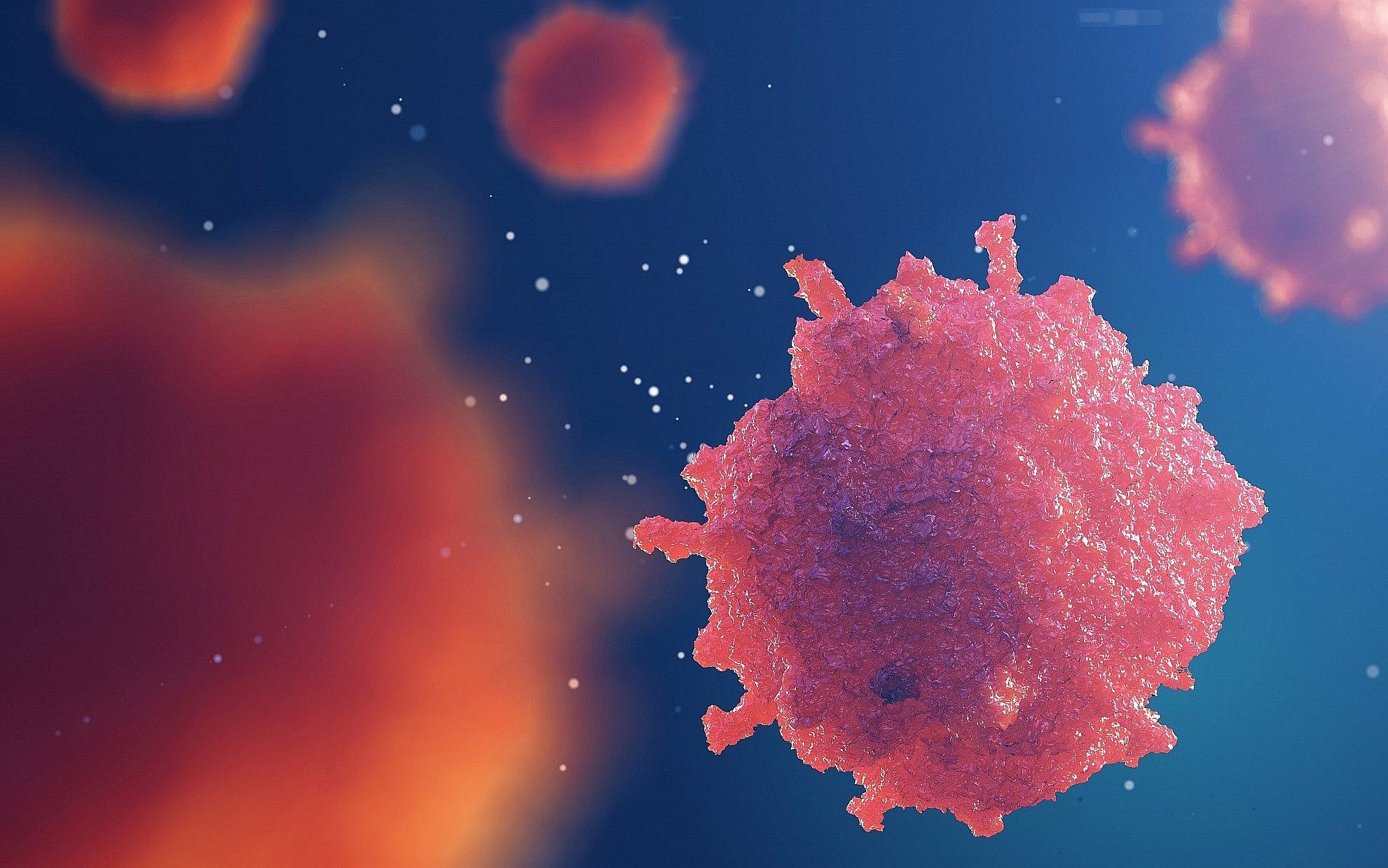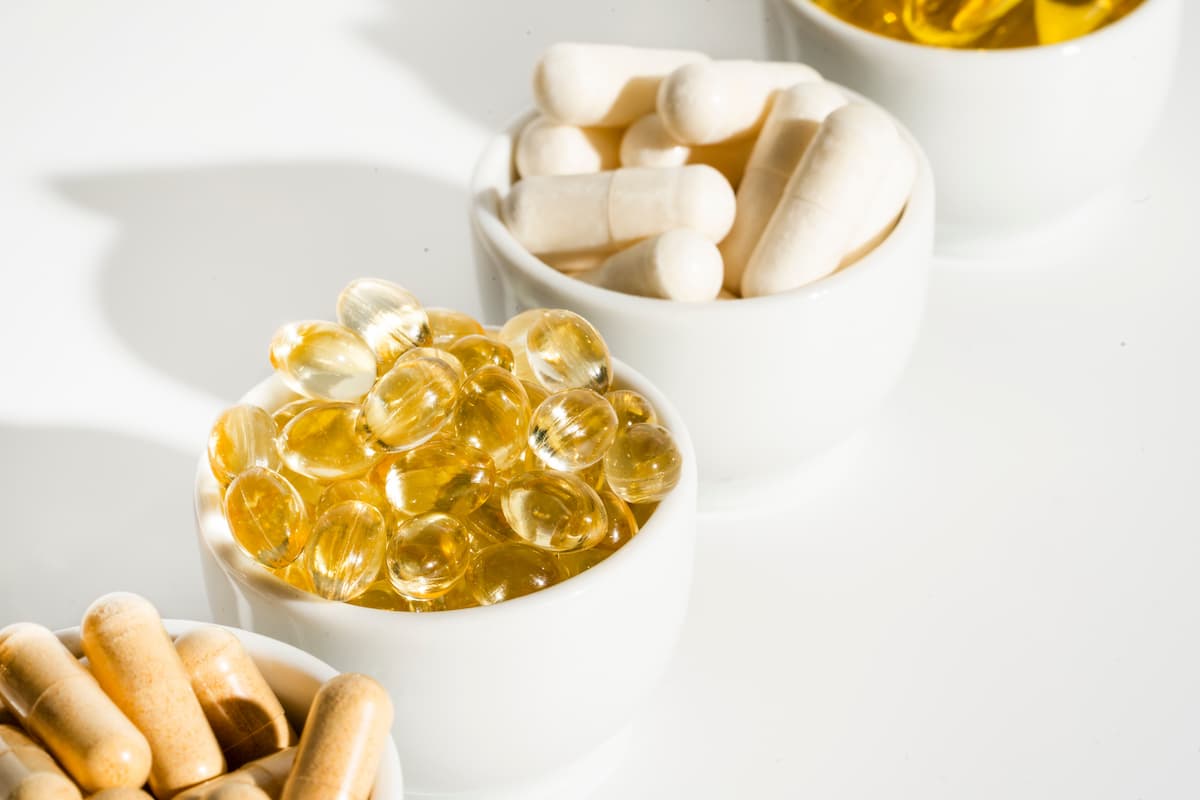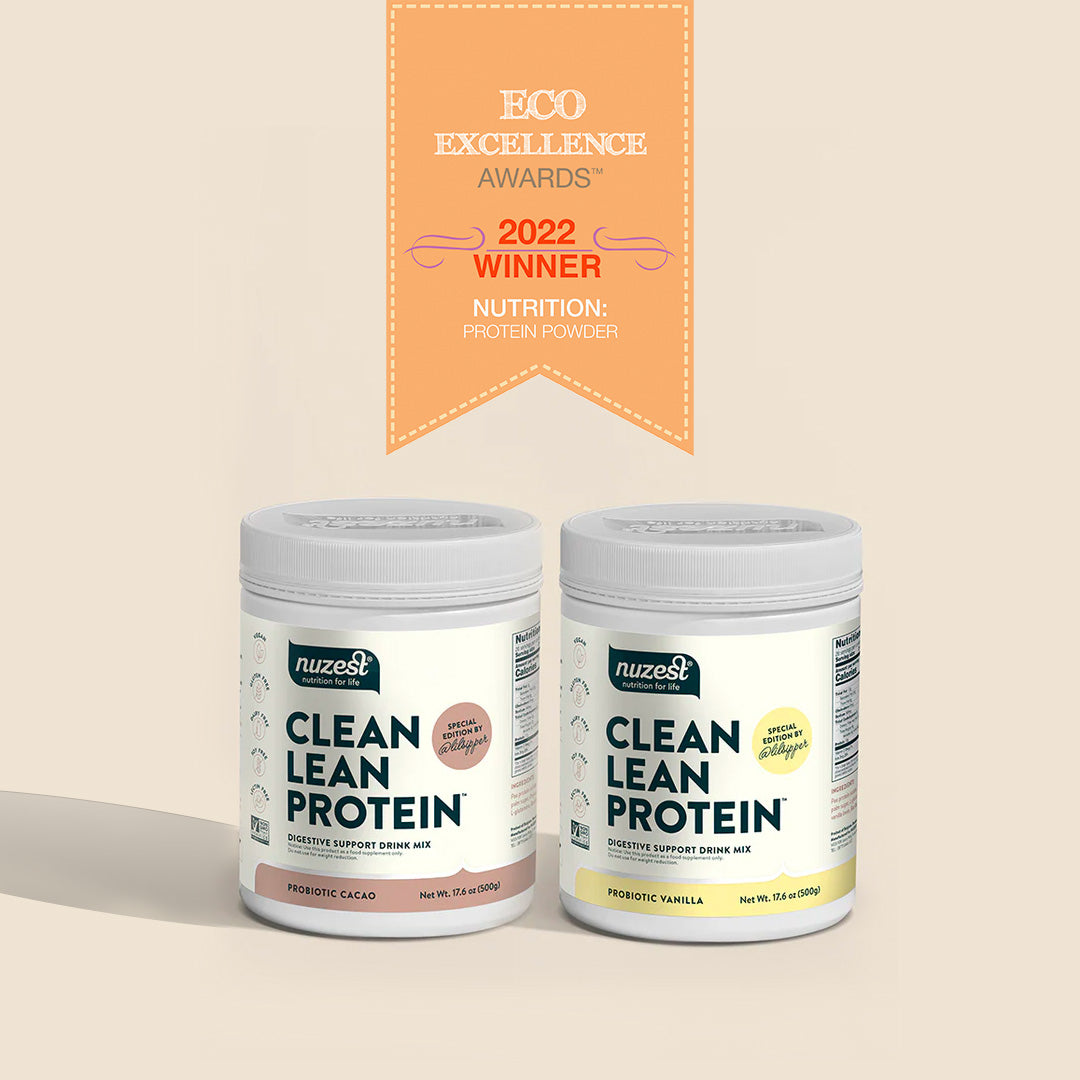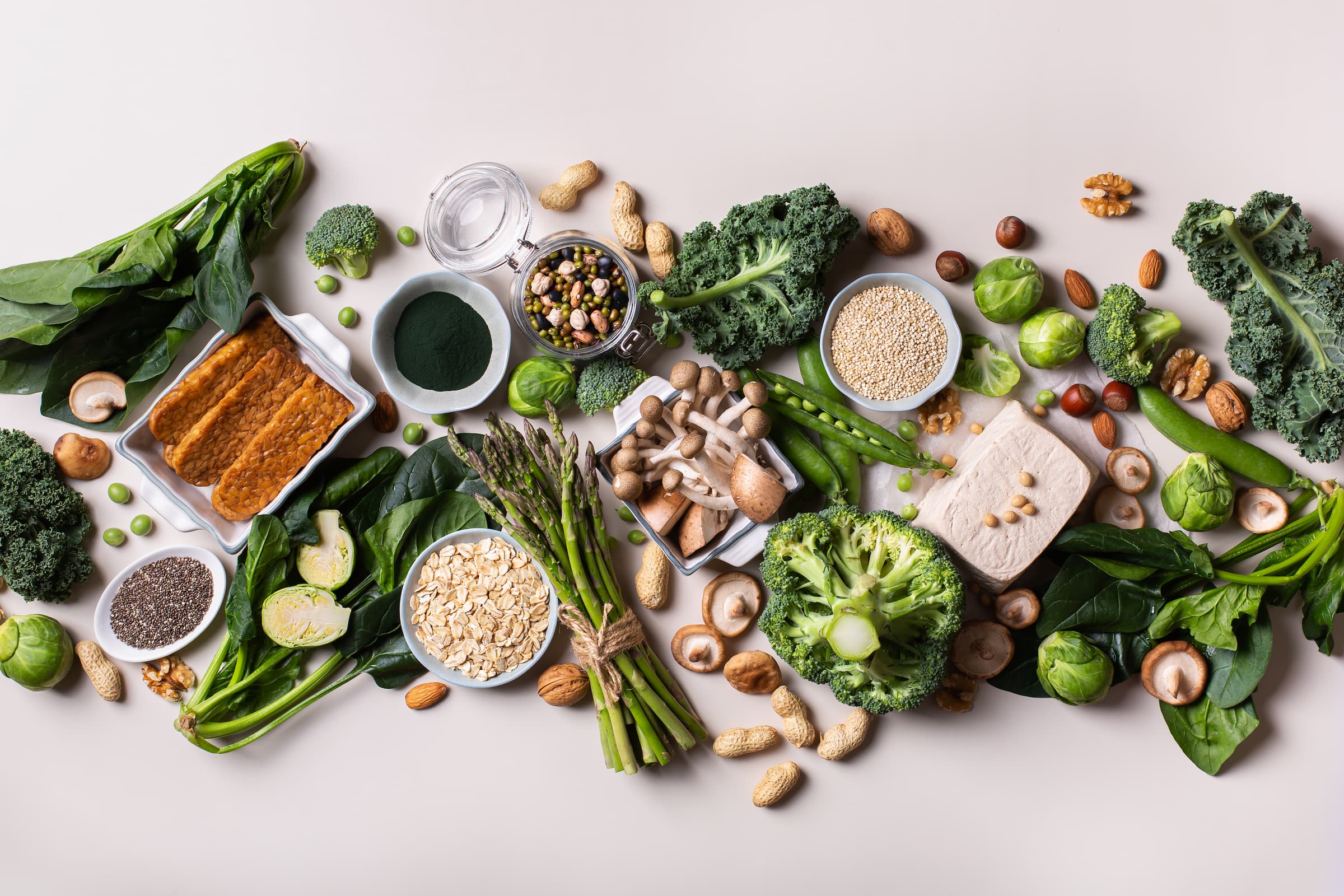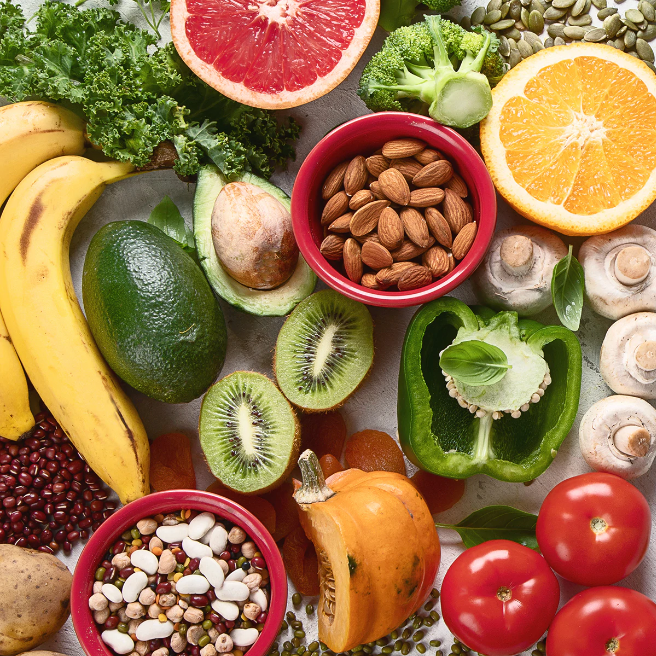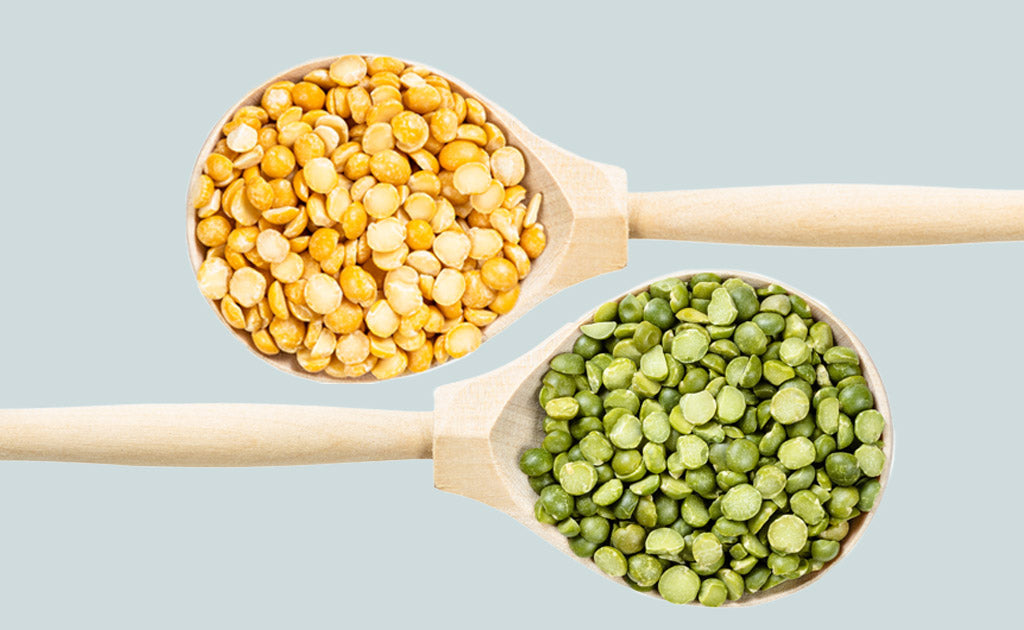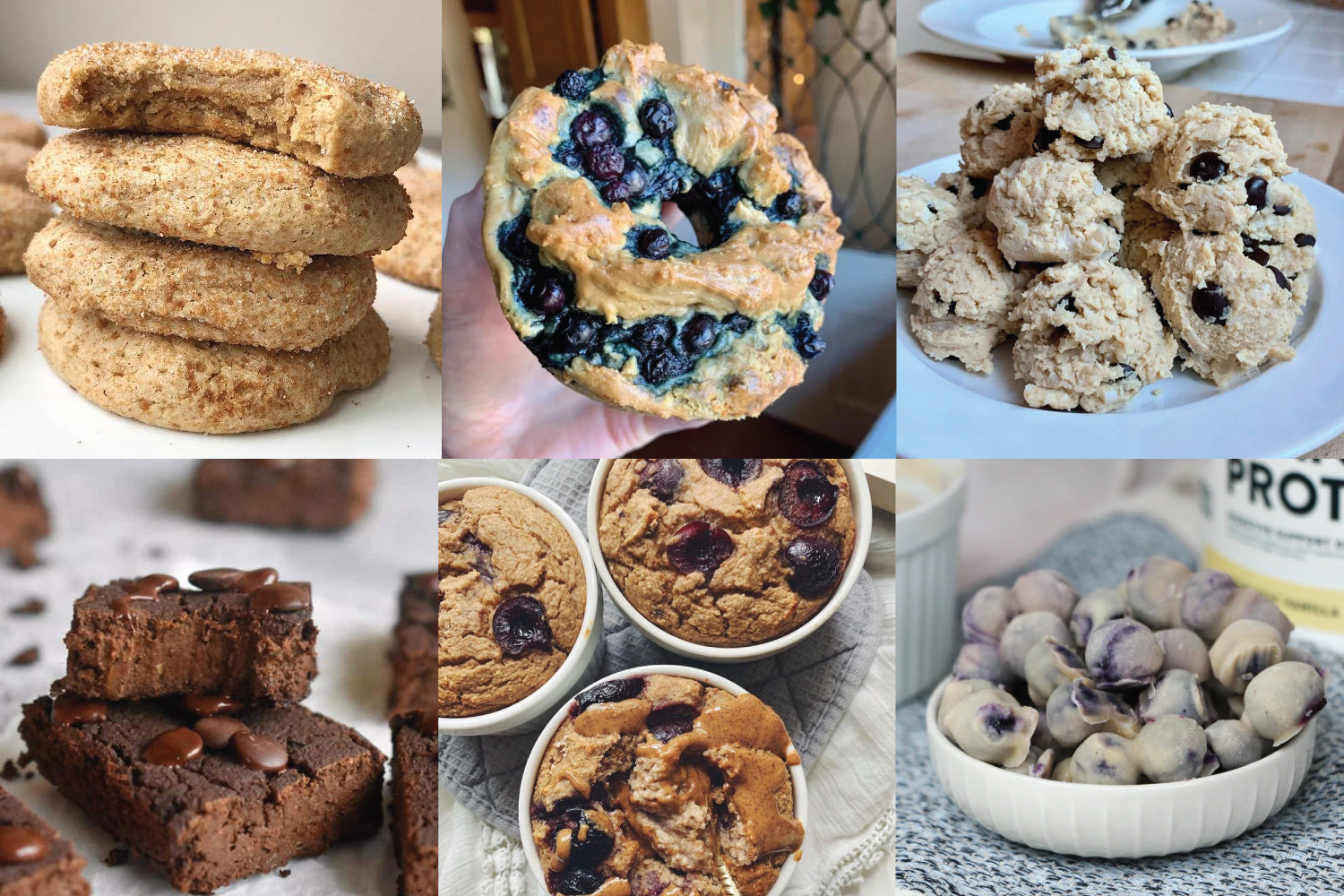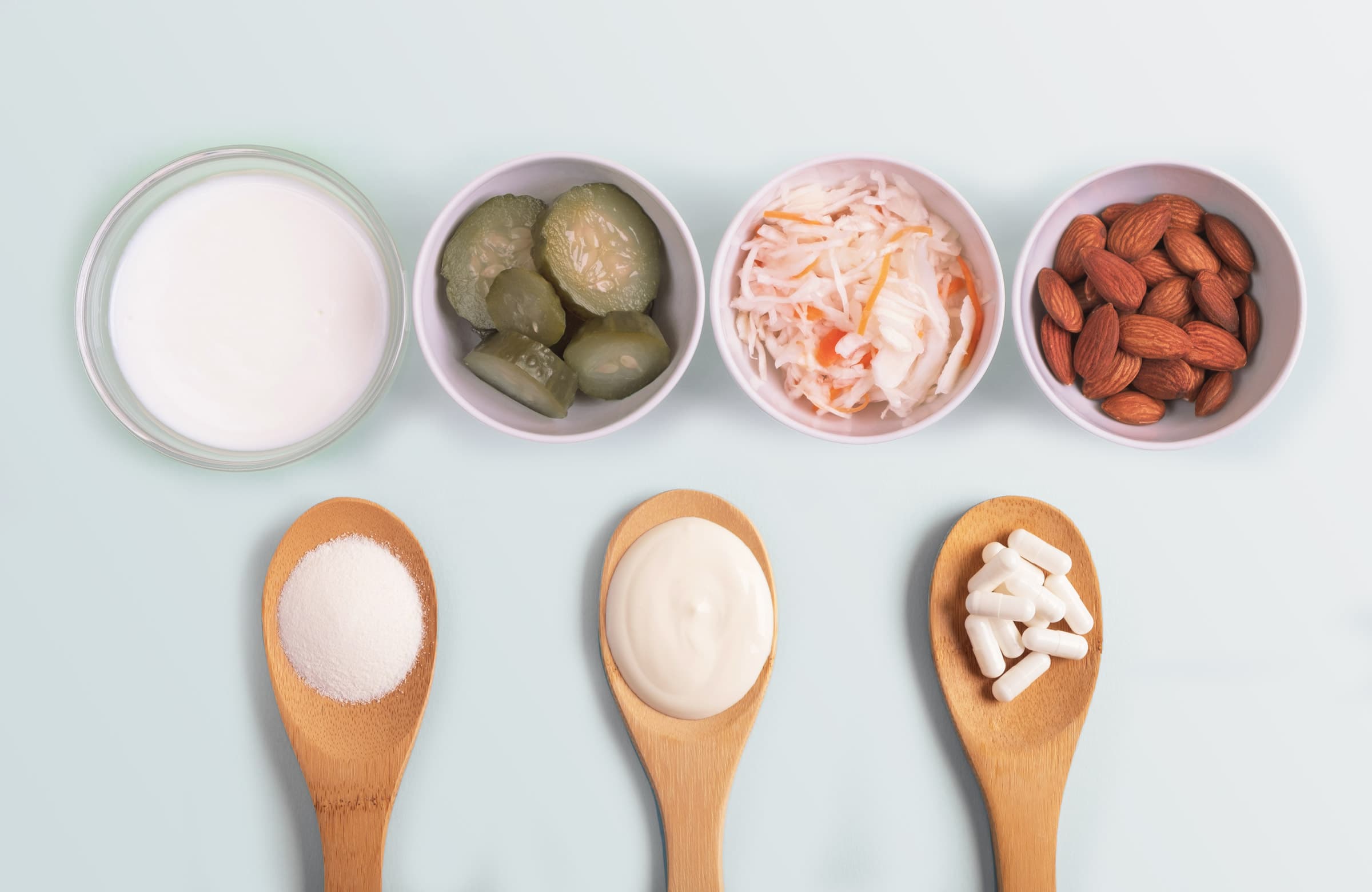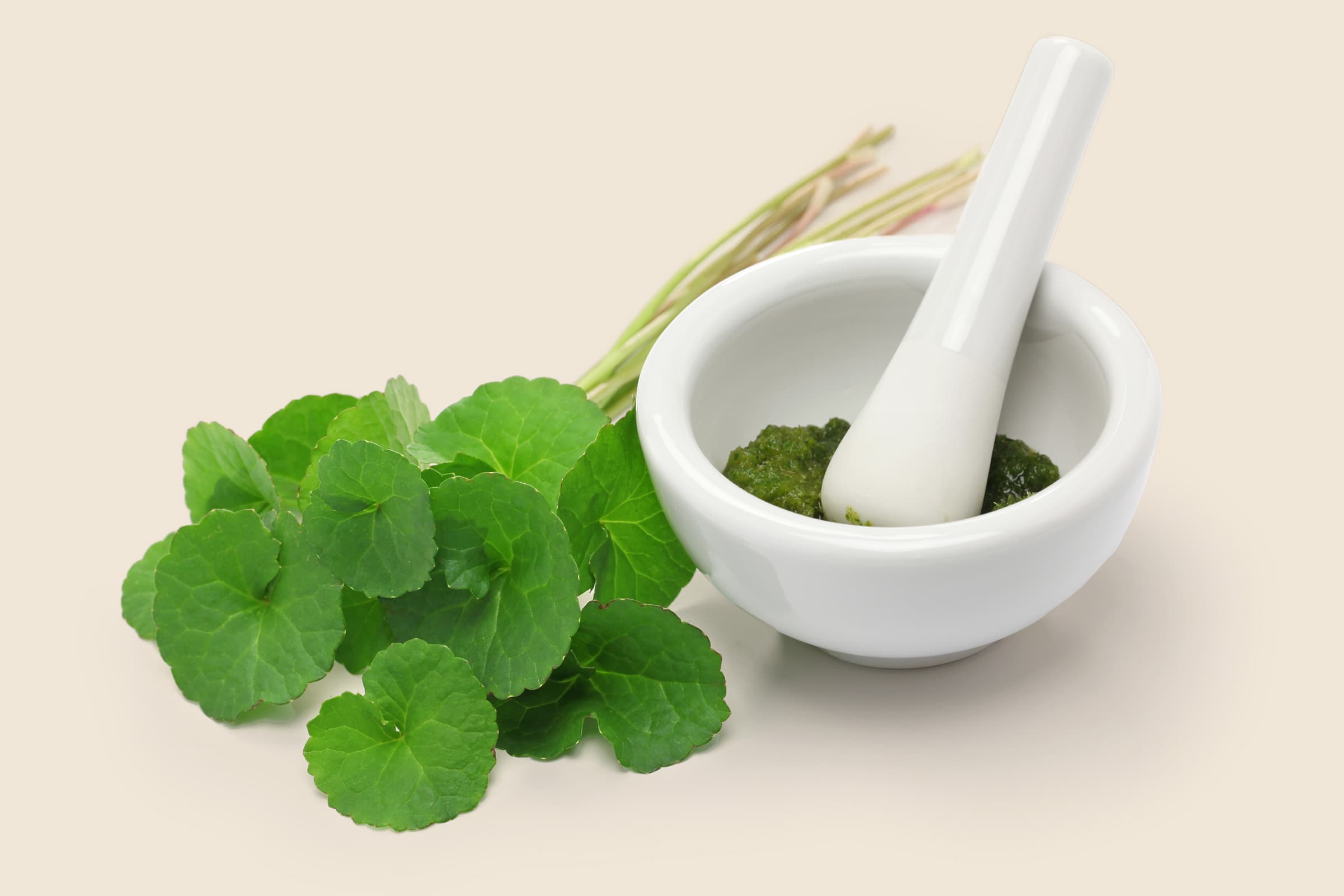Paleo and plant-based diets are two of the most popular diets on the planet right now. An online search for plant-based diet returns around 300,000 results and Paleo diet returns more than 3 million results! Read on to learn everything you need to know about a Paleo Vegan Diet.
Paleo and vegan diets are typically seen as being completely opposed, with the stereotype of the Paleo-dieter eating huge quantities of meat and the vegan diet consisting of many foods that are disallowed on a strict Paleo diet. But, in reality, they may not be so opposed as you’d think.
Paleo and good quality vegan diets both focus on the key concepts for good nutrition—namely, natural, whole, and unprocessed foods. And it is quite possible to get the benefits of both diet styles with a "Pegan," or Paleo Vegan Diet approach. Of course, this might not satisfy the purists... but who cares?! It can be very effective!
Table of Contents
- What is a Paleo Diet Anyway?
- Benefits of a Paleo Diet
- Paleo, Legumes, and Protein…
- Examples of Vegan Protein Options
- Tips for the Pegan (Paleo Vegan Diet)
- Example of a Day of Paleo Vegan Diet Eating
What is a Paleo Diet Anyway?
The idea behind the Paleo diet is that we haven’t really changed much since the time of the earliest humans. It has been said that, “From a genetic standpoint, humans living today are Stone Age hunter-gatherers displaced through time to a world that differs from that for which our genetic constitution was selected.”¹
Hunter-gatherer peoples including the Inuit, Australian Aboriginals, Hadza, and others have until recently lived in robust health with a significant absence of the metabolic disorders of obesity and diabetes that plague the modern western world.2-5
The modern Paleo diet seeks to emulate these hunter-gatherer diets by eliminating processed and refined foods that are abundant in the modern diet.
Paleo has received a lot of criticism, but there is a growing body of evidence showing profound benefits.
Benefits of a Paleo Diet
Satiety
A Paleo meal provides greater satiety than a standard meal based on best-practice dietary guidelines,6 best-practice diabetic meal plan,7 or the Mediterranean Diet.8
Heart Health
Paleo diets may contribute to less cholesterol, LDL cholesterol, triglycerides, insulin, and blood pressure.9,10
Fat Loss
Compared to a standard low-fat, high-carbohydrate, best-practice diet, Paleo diets increase relative fat-loss and muscle retention, even when the participants could eat all that they desired!11,12
Paleo, Legumes, and Protein…
To get quality protein, most people following a vegan diet rely, at least some of the time, or most of the time, on various legumes and grains that are restricted on a Paleo diet.
Legumes in particular, are great vegan protein sources, but are disallowed on a Paleo diet because they contain various anti-nutrients, such as phytic acid, which can inhibit the absorption of minerals, and trypsin inhibitors, and other compounds that can impair protein digestion.
Overall though, these aren’t actually an issue for many people. Phytic acid and many of the other anti-nutrients are also reduced markedly during any type of preparation, including cooking and soaking and sprouting. In particular, sprouting is a great way to effectively remove much of the problematic chemicals.
Other great Vegan Paleo Diet protein options include nuts and seeds, and when eating some sprouted legumes, nuts, seeds, and loads of vegetables, protein intake should not be a problem with a modified paleo vegan diet approach. There’s also little need to worry about the odd serving of tofu or tempeh either.
Examples of Vegan Protein Options
Table 1. Paleo food guide by the author from The Carbohydrate Appropriate Diet.

Tips for the Pegan (Paleo Vegan Diet)
It’s all about natural…
The key to a Paleo diet is to eat natural, unprocessed foods. This means you want to stay away from vegan pseudo-foods, like meat substitutes or processed and refined foods, like bread, crackers, cookies, cakes, and pasta while following a Paleo Vegan Diet—even if they’re vegan!
So, a meal could look something like this: Veggies + Paleo-friendly protein + Paleo-friendly oils.
Example: 3 servings of veggies (kale, spinach etc.) + mixed nuts, seeds, and sprouted lentils + olive oil vinaigrette
Choose sprouted legumes
Sprouting effectively changes legumes such as lentils and mung beans from non-Paleo foods into Paleo-friendly, high protein vegetables. Always try to choose sprouted lentils, mung beans, and chickpeas over non-sprouted.
Go easy on the grains
It’s not that grains are inherently bad, but they aren’t in the Paleo compendium… AND many people get great results by reducing or avoiding grains. This is because a lot of people overeat high-carb, grain-based foods at the expense of higher-protein and healthy-fat containing foods that are both nutrient-dense and encourage satiety, i.e. foods that leave you feeling fuller for longer.
Example of a Day of Paleo Vegan Diet Eating
Breakfast:
No-grain muesli made from nuts, seeds, berries, with coconut cream or coconut yogurt
After workout/training:
Clean Lean Protein blended with berries and vegetable greens
Lunch:
Leftovers from dinner the night before
Dinner:
Salad or vegetables with sprouted lentils, or mung-beans sprinkled with pumpkin seeds, and sweet potato fried in coconut oil
While it’s not true Paleo, a hybrid Paleo-Vegan Diet or Pegan Diet can be a great way to get the benefits of both a plant-based diet, and one based on natural, whole, and unprocessed foods, that also removes many of the most common allergens and dietary irritants. It may not be for everyone, but I have colleagues and clients who thrive on lower-carb, Paleo vegan diet style approaches.
Give it a try and see if it works for you!
References
- https://www.ncbi.nlm.nih.gov/pubmed/3135745
- https://www.cambridge.org/core/journals/proceedings-of-the-nutrition-society/article/diet-of-canadian-indians-and-eskimos/851C24CF59A1B9DBF29C0CC7E4811523
- https://www.ncbi.nlm.nih.gov/pubmed/1875844
- https://www.ncbi.nlm.nih.gov/pubmed/15172426
- https://www.ncbi.nlm.nih.gov/pubmed/1668799
- https://www.ncbi.nlm.nih.gov/pubmed/25661189
- https://www.ncbi.nlm.nih.gov/pubmed/23890471
- https://www.ncbi.nlm.nih.gov/pubmed/21118562
- https://www.ncbi.nlm.nih.gov/pubmed/25828624
- https://www.ncbi.nlm.nih.gov/pubmed/19209185
- https://www.ncbi.nlm.nih.gov/pubmed/24473459
- https://www.ncbi.nlm.nih.gov/pubmed/23414424
